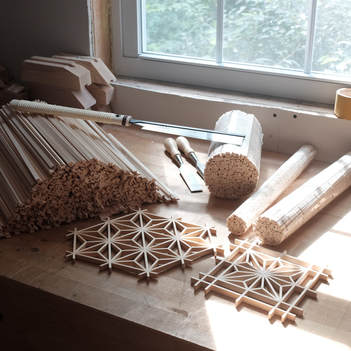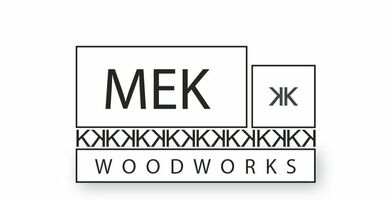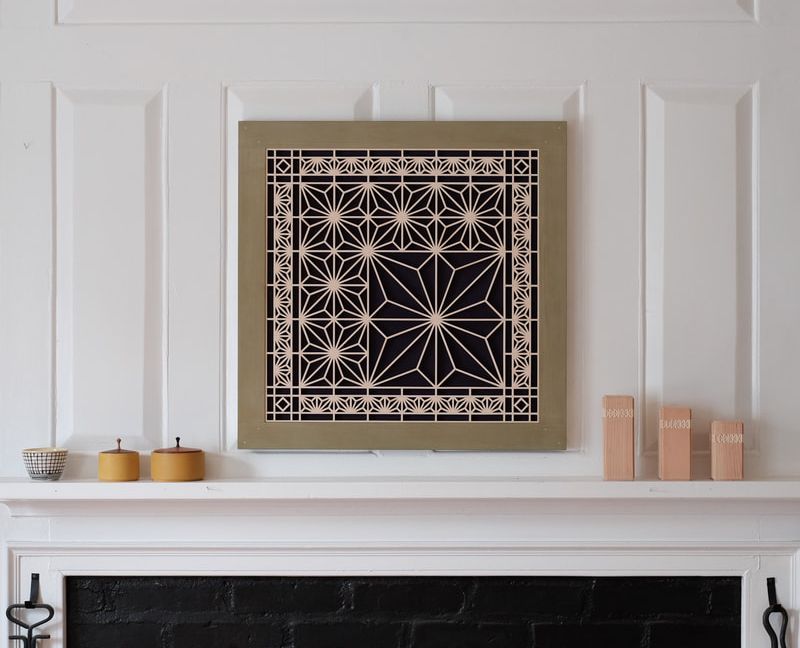 I've made a lot kumiko panels in the last year, and folks seem to like them quite a bit. I'm thankful for that. I'm also glad that other woodworkers are interested in making kumiko, too. I thought it would be helpful to answer the questions that I am asked most often, and have them available here on my website. So, here goes.
2 Comments
dennis
1/2/2020 08:08:22 am
yea so my second wood i used just now was pine (first unknown but way too rebellious) and it did rip on me - now the basswood is on the way - straight up to work when it arrives i really dont know alot about wood huh :D
Reply
Your comment will be posted after it is approved.
Leave a Reply. |
AuthorI love furniture design, and smart techniques. This blog is about both. Archives
August 2020
Categories |


 RSS Feed
RSS Feed